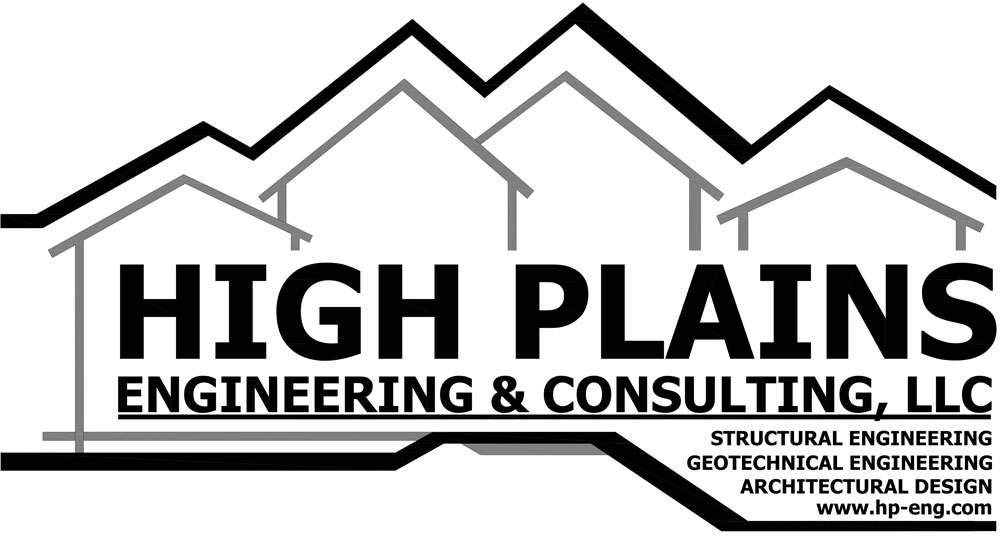
Basements in Northern Colorado present unique engineering challenges, particularly due to the region’s expansive clay soils and freeze-thaw cycles. These conditions often lead to a phenomenon known as basement heave, where the concrete floor of a basement rises unevenly, damaging finishes, flooring, and sometimes the home’s structure itself. For homeowners and builders in Hudson, CO and nearby areas, understanding how to prevent this costly problem begins with smart basement design. This includes choosing the right structural basement slab types, incorporating expansive soil mitigation techniques, and implementing void space construction when appropriate. In this guide, we’ll explore these topics in detail... View Article

Every construction project begins with a critical decision: selecting the right type of foundation. This choice is far more than a technical formality. It directly influences the cost, schedule, and structural integrity of the finished building. Understanding the various types of foundations for commercial projects, as well as the specific challenges of residential foundation engineering, is key to success. In Hudson, CO, where expansive soils and variable climate conditions are common, foundation selection becomes even more important. The right decision can help mitigate future structural issues like cracking, uneven floors, or water intrusion. The wrong choice can lead to expensive... View Article

When homeowners in Colorado, such as those around Hudson, CO, begin exploring options for a new septic installation, they often encounter the choice between concrete septic tanks and plastic models. Concrete tanks are traditionally cast with reinforced cement and designed to rest securely underground. Plastic tanks, often made from high‑density polyethylene, offer lighter weight and easier installation. The debate is not simply about cost. There are significant differences in structural integrity, durability, environmental resistance, and long‑term performance. For many rural or semi‑rural properties where engineered septic systems are required, understanding these differences is essential. Knowing whether a concrete tank or... View Article

When it comes to residential and light commercial building, one of the most significant structural decisions lies in the choice between 2×4 vs 2×6 wall construction. This choice affects not only the structural integrity of the building but also the thermal efficiency, interior space, and overall budget. Builders, architects, and homeowners must balance various design priorities, such as wall framing, energy efficiency, and material costs, when selecting the right wall assembly. Wall studs, typically made from dimensional lumber, are the backbone of any framed structure. The dimensions of these studs influence several crucial aspects of performance, especially when comparing R-value... View Article

The choice of a septic tank material is more than just a matter of preference. It affects not only the performance and reliability of the system but also the long-term investment you’re making into your property’s infrastructure. As professional civil engineers, we’ve seen how different materials perform over time under various soil, water table, and usage conditions. Two of the most popular options today are concrete septic tanks and plastic tanks. Each has its strengths and challenges, and understanding them can help homeowners and contractors make more informed decisions. Material Composition and Structural Integrity Concrete septic tanks have long been... View Article


 HPEC is an active member of CAGE
HPEC is an active member of CAGE



